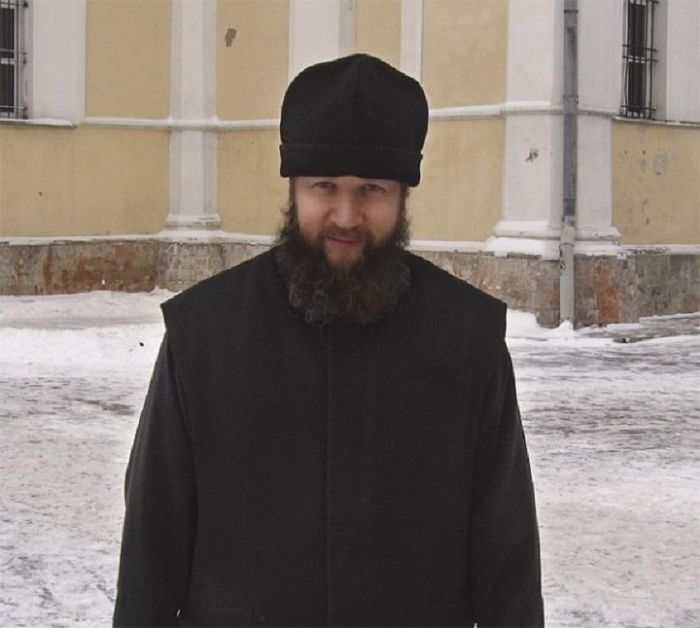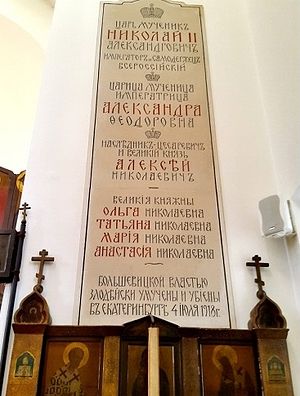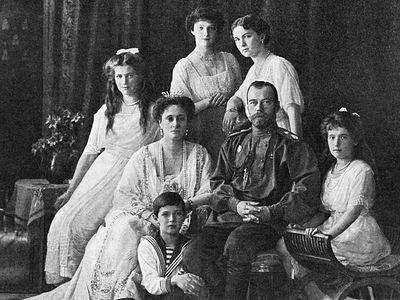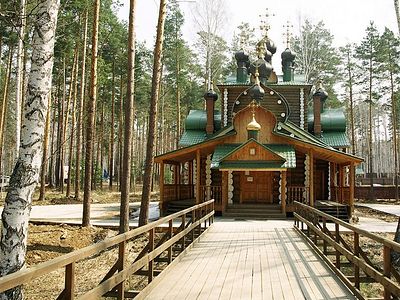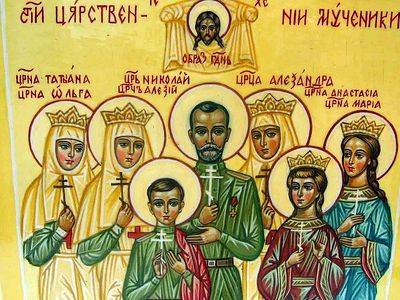Source: Royal Russia
February 6, 2016
The search for the remains of Tsesarevich Alexei and Grand Duchess Maria should continue in and around the Koptyaki Road area near Ekaterinburg, said Archpriest Oleg Mitrov at a recent conference. Mitrov, who is a member of the Synodal Commission for the Canonization of Saints, is also currently engaged in the study of the issues surrounding the murders of Russia’s last royal family.
In July 1991, the remains of nine people were found along the Old Koptyaki Road near Ekaterinburg. They are believed by some to belong to members of the Russian royal family - 50-year-old Nicholas II, his 46-year-old wife Alexandra, their daughters - 22-year-old Olga, 21-year-old Tatiana, 17-year-old Anastasia, as well as four retainers - 53-year-old Eugene Botkin, 40-year-old Anna Demidova, 62-year-old Alexei Trupp and 48-year-old Ivan Kharitonov. In July 2007 during further archaeological excavations to the south of the original burial site the remains of two other people were found. Experts believe that they are the remains of 13-year-old Tsesarevich Alexei and 19-year-old Grand Duchess Maria.
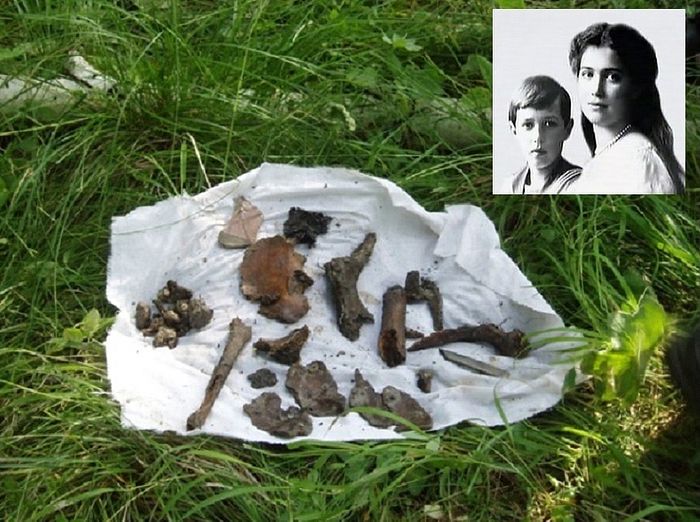 All that remains of Tsarevich Alexei and Grand Duchess Maria are 44 bone fragments, from a few millimeters to a few centimeters long. Also found were seven teeth, three bullets and a fragment of a piece of clothing.
All that remains of Tsarevich Alexei and Grand Duchess Maria are 44 bone fragments, from a few millimeters to a few centimeters long. Also found were seven teeth, three bullets and a fragment of a piece of clothing.
In July 2007, Nikolai Nevolin, head of forensics for the Sverdlovsk region, told reporters that the remains consisted of 44 bone fragments, from a few millimetres to a few centimetres long. Also found were seven teeth, three bullets and a fragment of a piece of clothing. Archpriest Mitrov believes that there may be more than one grave containing further remains of Alexei and Maria.
According to Archpriest Oleg Mitrov the remains found were marked with "signs of exposure to high temperatures and sulphuric acid". He went on to add that according to expert data, the remains "revealed a sharp discrepancy between the calculated and the actual weight of ash (remains)".
"This indicates that only one of possibly several burial sites of the remains of two people was found during the search operations. It would seem that this conclusion requires the investigation to continue the search, the search for other graves, but it is a task which was ignored. We need to continue to search for other places in which the remains of Tsesarevich Alexis and Grand Duchess Maria were disposed of," the priest said, noting "the colossal importance of this issue."
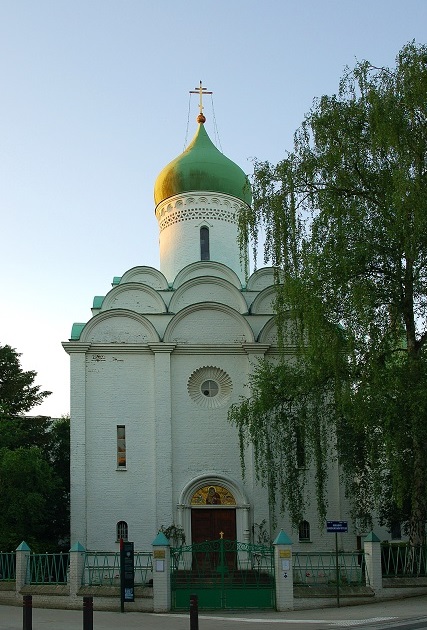 The Russian Orthodox Church of St. Job in Brussels, built with the help of Russian refugees between 1936 and 1938, in memory of Emperor Nicholas II and the victims of the Revolution
The Russian Orthodox Church of St. Job in Brussels, built with the help of Russian refugees between 1936 and 1938, in memory of Emperor Nicholas II and the victims of the Revolution
Archpriest Oleg Mitrov has also suggested that the investigation into the criminal case of the murder of the royal family should include an examination of the remains found at St. Job’s Church in Brussels. The remains had been handed over by investigator Nikolai Sokolov, who led the murder case of the family of Nicholas II in the years 1919-1924, to Prince Shirinsky-Shikhmatov in 1920. Two decades later, they were solemnly handed over to ROCOR head Metropolitan Serafim and in 1950 were transferred to St. Job's Church in Brussels.
"It is hoped that, in addition to the repetition of genetic examinations, which are unlikely to give any new findings, the examination will end the investigation in other important areas (...) will be able to obtain and analyze samples of skeletal remains, Sokolov sent to Europe, and will also continue to search for other places of burial of the remains of Tsesarevich Alexei and Grand Duchess Maria," the priest said during an interview with Interfax-Religion in Moscow.
In July 2015, in an interview with Interfax-Religion, the director of the State Archive of the Russian Federation Sergey Mironenko also expressed hope that the Russian Church Abroad would allow the study of fragments of the Brussels remains to be analysed and compared with the relics of the Ekaterinburg remains.
